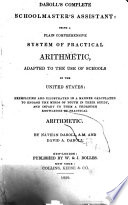 | Nathan Daboll - 1839 - 220 pages
...Ans. 33 miles.. The fast term, last term, and number of terms given, tofind tht common difference. RULE. Divide the difference of the extremes by the number of terms less 1, and the quotient will be the common difference. EXAMPLES. 1. A man bought 17 yards of cloth in arithmetical... | |
 | Daniel Adams - 1839 - 268 pages
...difference. /fence, when the extremes and number of terms are given, " to find the common difference, — Divide the difference of the extremes by the number of terms, less 1, and the quotient will be the common difference. 6. If the extremes be 5 and 605, and the number... | |
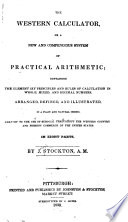 | Joseph Stockton - Arithmetic - 1839 - 216 pages
...When the two extremes, and number of terms are given, to find the common difference. RULE. JJivide the difference of the extremes, by the number of terms, less one ; the quotient will be the common difference. EXAMPLE. '^ A is. to receive from B a certain sum to... | |
 | Calvin Tracy - Arithmetic - 1840 - 326 pages
...35, 38 ; thirteen in number. We have then the following rule for solving sums like the preceding : RULE. — Divide the difference of the extremes by the number of terms, less one. The quotient will be the common difference. 2. A man in feeble health, commenced a journey and traveled... | |
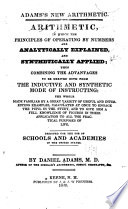 | Daniel Adams - Arithmetic - 1840 - 278 pages
...difference. Hence, when the extremes and number of terms are given, to find the common difference, — Divide the difference of the extremes by the number of terms, less 1, and the quotient will be the common difference. 6. If the extremes be 5 and 605, and the number... | |
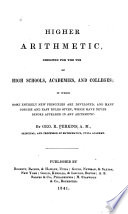 | George Roberts Perkins - Arithmetic - 1841 - 274 pages
...last and first terms, divided by the number of terms, less one, will give the common difference. ROLE. Divide the difference of the extremes by the number of terms, less one. Examples. 1. The first term of an arithmetical progression is 5, the last term is 176, and the number of terms 58. What is the... | |
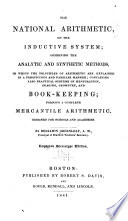 | Benjamin Greenleaf - Arithmetic - 1841 - 334 pages
...PROBLEM L The first term, last term, and the number of terms being given, to find the common difference. RULE. Divide the difference of the extremes by the number of terms less one, and the quotient is the common difference. I. The extremes are 3 and 45, and the number of terms is... | |
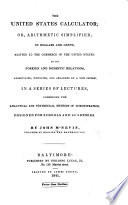 | John M'Nevin - Arithmetic - 1841 - 300 pages
...Ans. 8 hours. When the first and last terms (or two extremes) are given to find the common difference. RULE. — Divide the difference of the extremes by the number of terms less 1; the quotient will be the common difference. 1. If the ages of 12 persons are equally different,... | |
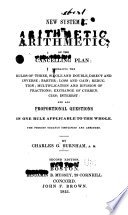 | Charles Guilford Burnham - Arithmetic - 1841 - 324 pages
.... , When the extremis and number of terms are given, to find the common difference, ive, have this RULE. Divide the difference of the extremes by the number of terms less l,antl the quotient will be the common difference. 7. If the first term of a series be 3, the last... | |
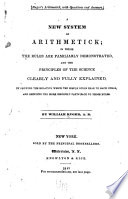 | William Ruger - Arithmetic - 1841 - 268 pages
...striking. CASE III. — The extremes and number of terms being given, to find the common difference. RULE. — Divide the difference of the extremes by the number of terms, less 1, and the quotient will be the common difference. EXAMPLES. 1. A merchant sold 200 yards of cloth;... | |
| |